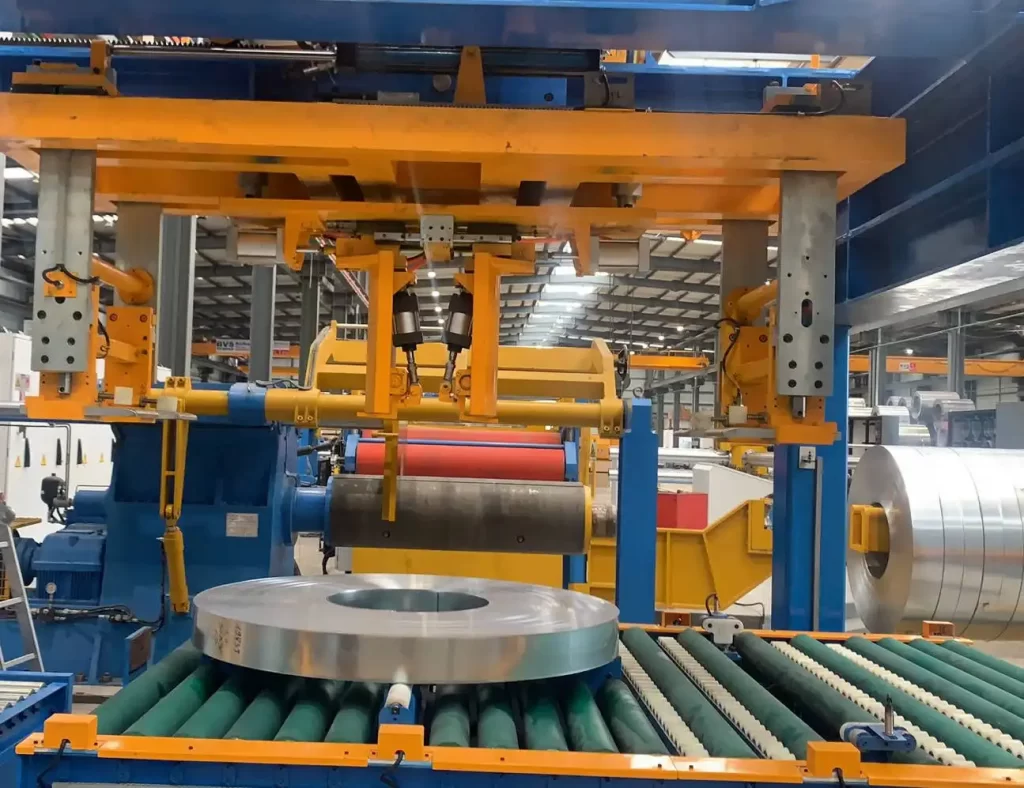
The steel industry is evolving, driven by the need for efficiency, safety, and sustainability. Smart technology, with its transformative potential, is at the heart of this revolution. Imagine a bustling production floor where steel coil packaging is no longer reliant on manual interventions but operates through seamlessly automated systems. This is no longer a future dream—it's the present reality.
The rise of smart technology in steel coil packaging isn’t just about automation; it’s about rethinking the process entirely. From minimizing waste to reducing downtime and enhancing worker safety, intelligent systems are creating a new benchmark. But what does this mean for businesses in the steel manufacturing industry?
As the adoption of smart technology accelerates, the question arises: how can companies ensure they leverage its full potential while addressing challenges? Let’s explore.
1. What are the core components of smart steel coil packaging?
1.1 Sensors and real-time monitoring
Smart technology begins with sensors. These small yet powerful devices continuously collect data on variables like coil weight, temperature, and position. Integrated into packaging lines, sensors monitor each step of the process in real-time, ensuring precision and safety.
For example, weight sensors detect discrepancies that could indicate potential malfunctions or inconsistencies in coil dimensions. Temperature sensors ensure that the wrapping materials remain intact under varying conditions, reducing the risk of damage during storage or transportation.
Such advancements are not only about efficiency but also about safeguarding the quality of the final product.
1.2 Automated controls and AI-driven decision-making
With data from sensors feeding into a centralized system, automated controls can make instantaneous adjustments. For instance, if a steel coil is slightly misaligned on the conveyor, AI algorithms can recalibrate the system to correct it without halting production.
This kind of adaptability, powered by artificial intelligence, eliminates the delays caused by manual troubleshooting. Moreover, AI learns from past data, improving its ability to predict and address issues before they escalate. This proactive approach ensures uninterrupted operations.
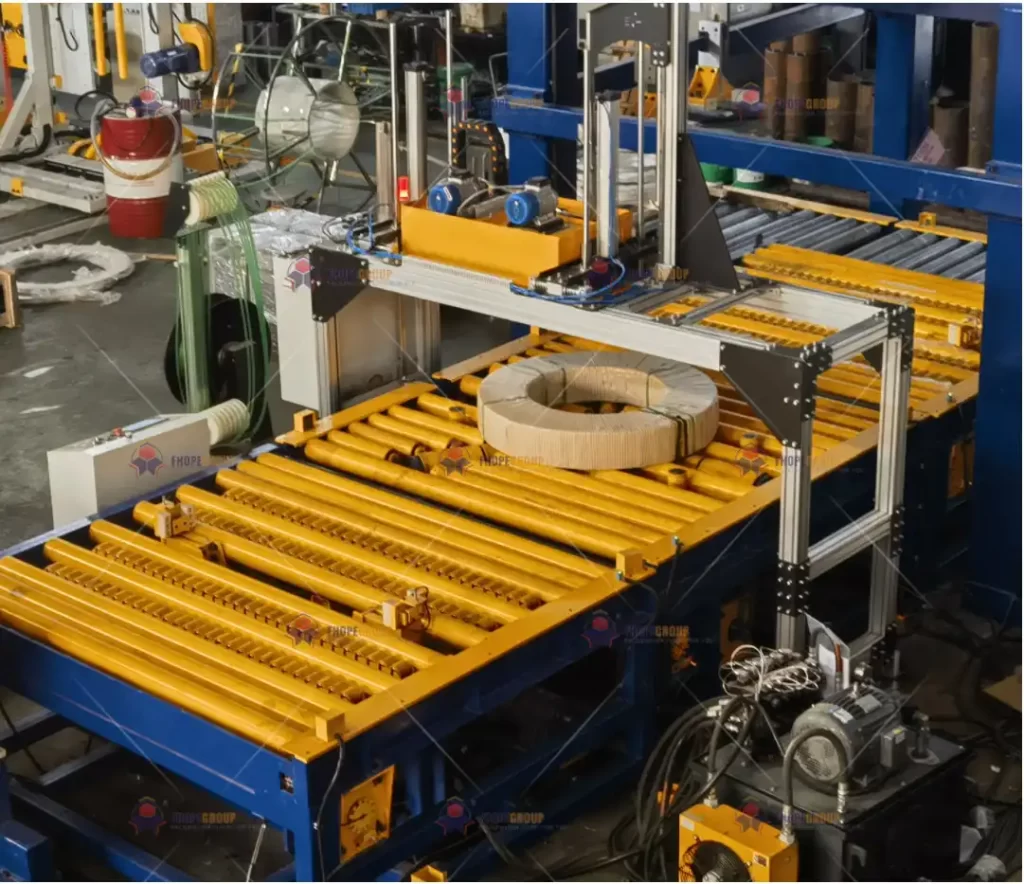
1.3 The role of predictive analytics in improving efficiency
Predictive analytics is the secret weapon of smart technology. By analyzing historical and real-time data, predictive models can forecast machine failures, inventory shortages, or demand spikes.
For instance, if a coil upender shows signs of increased wear, predictive analytics will alert operators before a breakdown occurs, reducing costly downtime. Similarly, packaging materials can be restocked in advance, avoiding delays in production.
The power of prediction transforms steel coil packaging from a reactive process into a strategic advantage.
2. How does automation enhance operational efficiency?
2.1 Reducing manual intervention
One of the most significant advantages of automation is the reduction of manual labor. Traditionally, steel coil packaging involved multiple workers handling heavy loads and navigating complex machinery. This setup often led to inefficiencies and safety hazards.
Automated systems, equipped with robotic arms and conveyors, take over these tasks with precision and speed. Workers are now free to focus on supervision and quality assurance, rather than repetitive, labor-intensive activities.
The result? Faster packaging, fewer errors, and a safer workplace.
2.2 Streamlining inventory management
Automation doesn’t just improve the packaging process—it extends to inventory management. Smart systems track materials, alerting managers when stocks are low or when specific materials are running out.
For example, if a particular type of wrapping material is required for export-grade coils, the system ensures it's stocked and ready, preventing production delays. This level of precision minimizes waste and optimizes resource utilization.
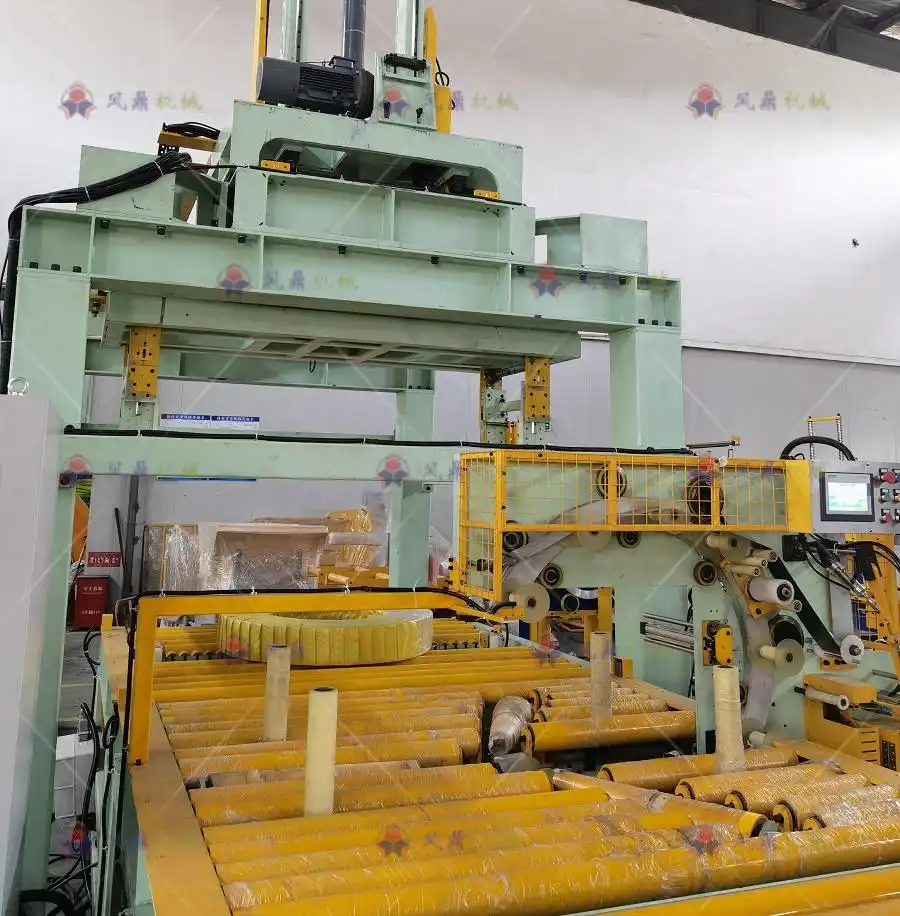
2.3 Optimizing production throughput with data-driven strategies
Data is the backbone of any automated system. By analyzing production rates, bottlenecks, and resource allocation, smart technology enables manufacturers to optimize throughput.
For instance, during peak demand seasons, automated systems can adjust packaging speed and resource allocation dynamically, ensuring timely deliveries. This scalability is a game-changer for steel manufacturers aiming to meet fluctuating market demands without compromising quality.
Automation, combined with data-driven insights, sets the stage for a highly responsive and efficient production line.
3. How does smart technology improve safety in steel coil packaging?
3.1 Advanced safety sensors and protocols
Smart technology is transforming workplace safety through advanced sensors and safety protocols. Proximity sensors detect human presence near machinery, immediately halting operations to prevent accidents. This is particularly crucial in handling steel coils, where even minor mishandling can lead to serious injuries.
By integrating safety interlocks and fail-safe mechanisms, these systems ensure that human operators are protected without compromising efficiency. The result is a workspace where safety and productivity coexist seamlessly.
3.2 Reducing physical strain through automation
Handling heavy steel coils manually poses significant risks, including musculoskeletal injuries and long-term health issues for workers. Automated systems equipped with robotic arms and conveyors eliminate the need for human intervention in these high-risk tasks.
For example, coil upenders and packaging lines are designed to lift and position coils with precision, reducing physical strain on workers. This not only improves workplace safety but also boosts employee morale by creating a healthier environment.
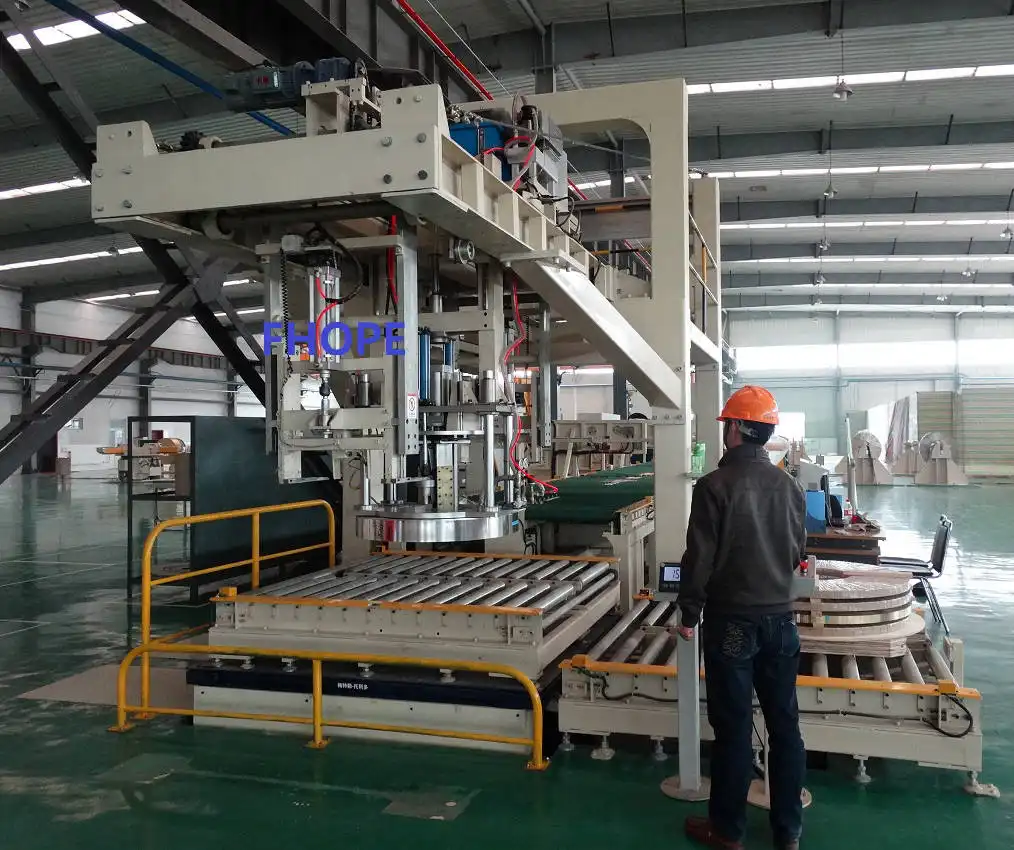
3.3 Emergency response and diagnostics
Smart systems are equipped with advanced diagnostics that identify and respond to emergencies in real time. For instance, if a machine part overheats or malfunctions, the system automatically shuts down and alerts operators.
Furthermore, integrated diagnostics provide detailed error logs, helping technicians resolve issues quickly. This reduces downtime while ensuring safety remains a top priority. By addressing risks proactively, smart technology creates a safer packaging environment for all.
4. How do intelligent systems lower operational costs?
4.1 Energy-efficient operations
Smart technology isn't just about speed; it's also about sustainability. Automated systems are designed to optimize energy consumption by running only when necessary and adjusting power use dynamically.
For instance, sensors detect when machines are idle and switch them to energy-saving modes, reducing unnecessary power usage. Over time, these small adjustments result in significant cost savings for manufacturers.
4.2 Minimizing material waste
Traditional steel coil packaging often results in material wastage due to human error or inefficient processes. Smart systems, on the other hand, use precision algorithms to ensure optimal use of materials like stretch film, straps, or wrapping paper.
For example, a machine equipped with real-time monitoring adjusts the amount of material used based on coil size, eliminating excess. This not only reduces waste but also lowers overall material costs, making operations more sustainable.
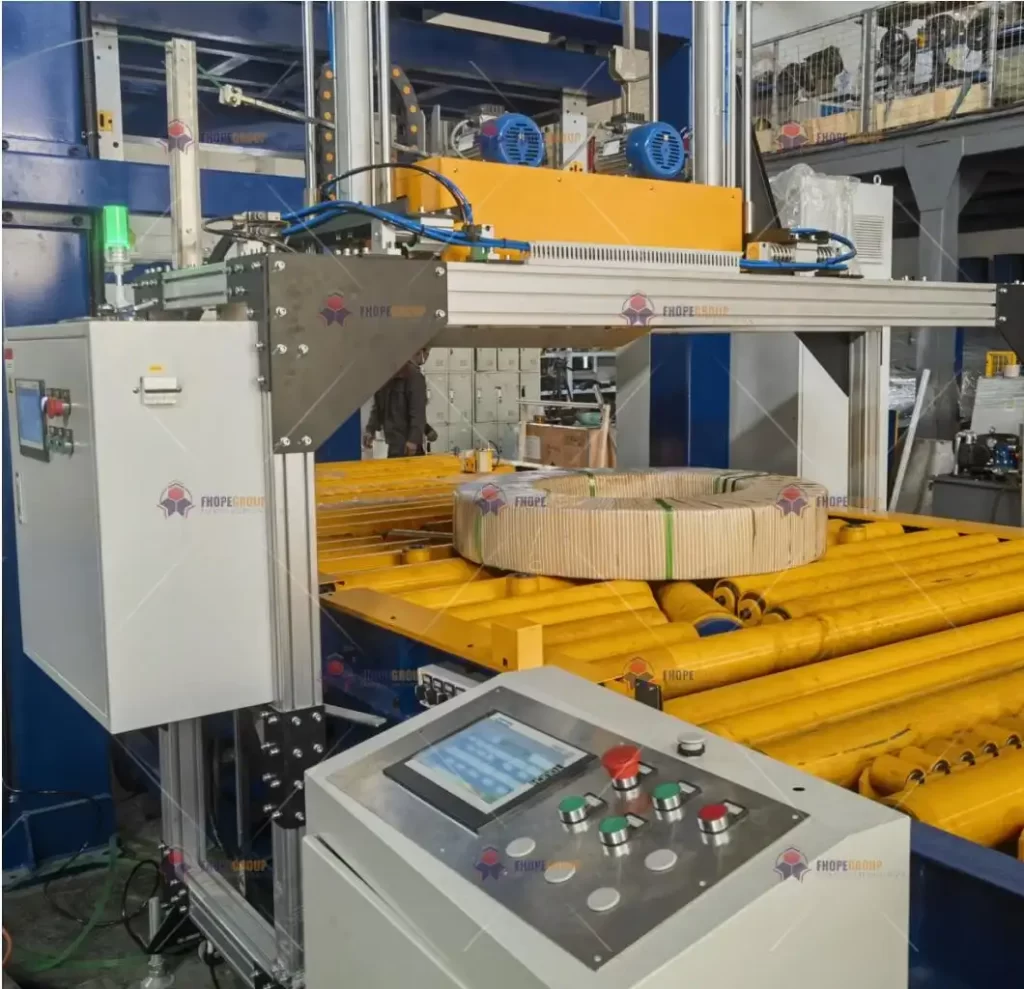
4.3 Reducing maintenance expenses
Smart technology leverages predictive maintenance to identify potential issues before they escalate. Instead of relying on scheduled maintenance or reacting to breakdowns, these systems use data to predict when parts will wear out or fail.
For example, if a conveyor motor shows signs of overheating, the system flags it for inspection before it causes a production stoppage. This proactive approach reduces maintenance costs and ensures continuous operation.
By optimizing maintenance schedules and minimizing unexpected failures, manufacturers can achieve significant cost savings in the long run.
Conclusion
Smart technology is not just a trend; it's a transformative force reshaping the steel coil packaging industry. By integrating sensors, automation, and predictive analytics, manufacturers can achieve unprecedented levels of efficiency, safety, and cost-effectiveness.
[claim] Embracing smart technology is no longer optional—it’s essential for staying competitive in a rapidly evolving market. With benefits spanning operational efficiency, safety, and sustainability, now is the time to invest in intelligent systems that revolutionize steel coil packaging.
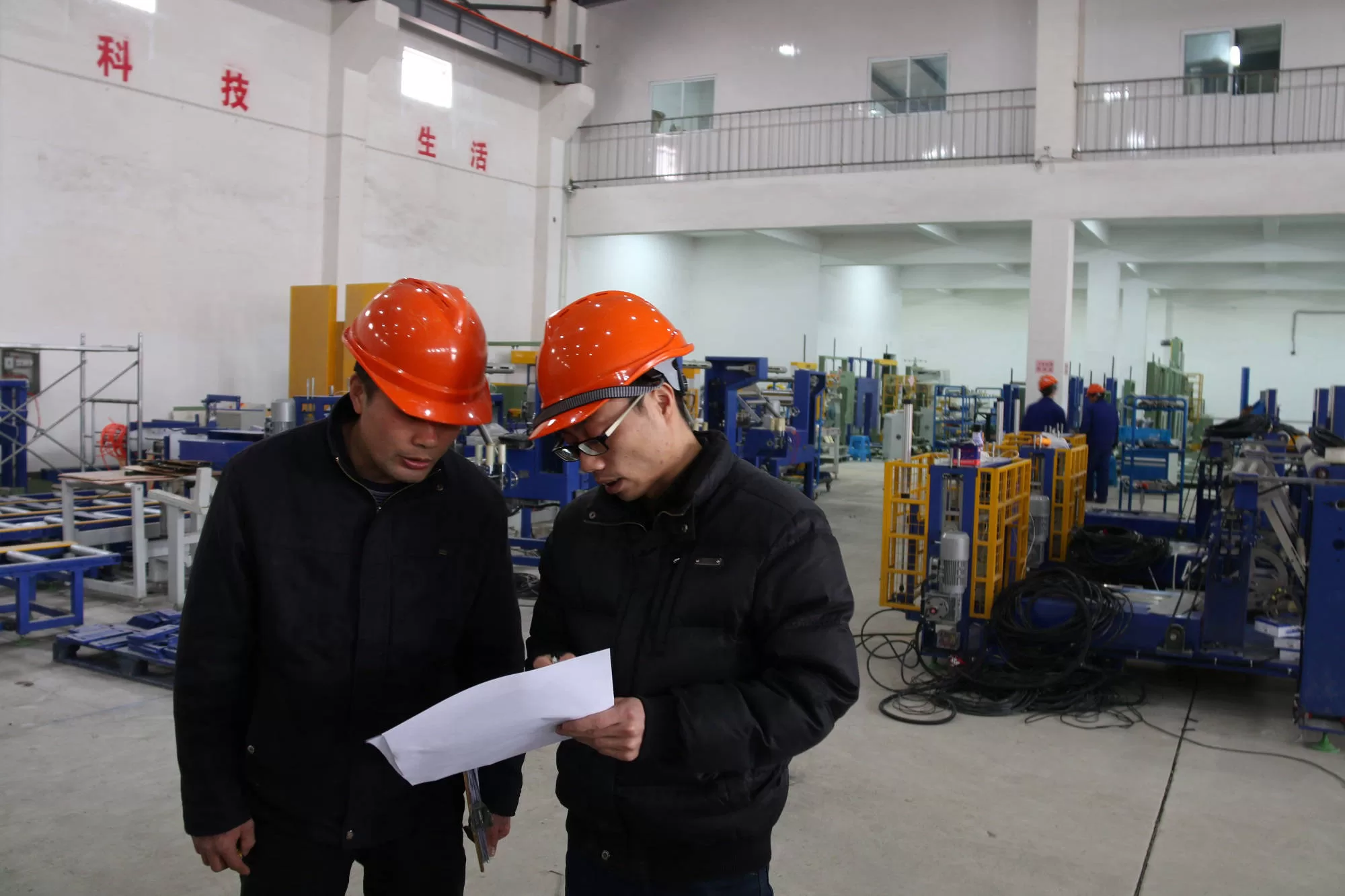
Get Your Best Solution !